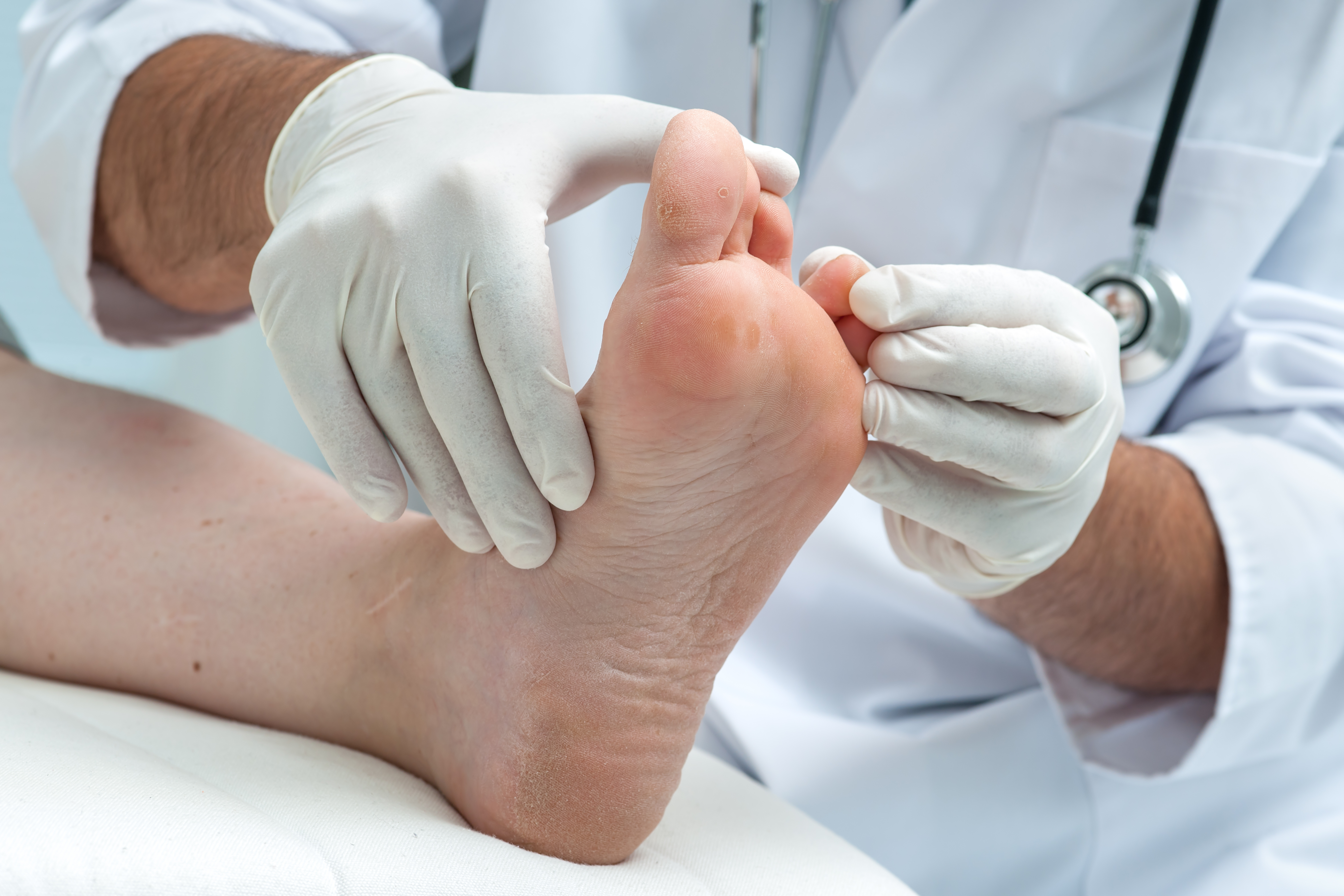To treat claw foot, your physician can also recommend a mixture of clinical interventions and home care.
Medical care
If your feet are nevertheless flexible, your doctor might tape them or ask you to wear a bandage to keep them having the right function. They may teach you the way to perform home care exercises to keep your toes’ flexibility. They can also recommend you to put on certain styles of footwear, even as avoiding others.
If these treatments don’t help or your toes have become too rigid, your doctor might suggest surgical procedures. He or she can shorten the bone at the base of your toe, giving your toe greater room to straighten out.
If your claw foot is related an underlying disease, your physician can also prescribe medicines, surgical procedure, or remedies to address it.
Home care
If your toes are nevertheless flexible, performing normal physical activities may additionally help improve your symptoms or save them from getting worse. For instance, your physician may recommend you to move your feet toward their natural position, the use of your palms. Picking up objects along with your feet may additionally help.
Wearing shoes with lots of room can help alleviate pain. Don’t wear shoes which can be too tight or shoes with high heels. If your feet are getting more inflexible, search for shoes which have more depth inside the toe region. You also can use a special pad to help take strain off the ball of your foot.


